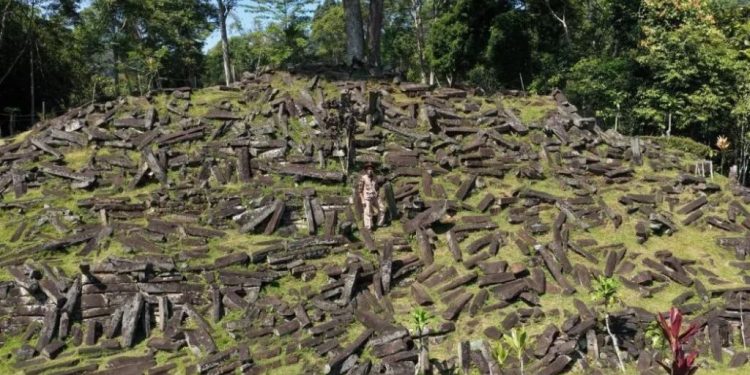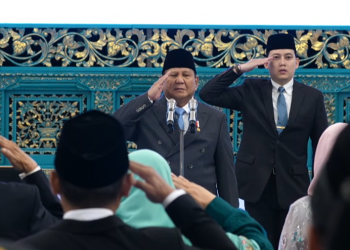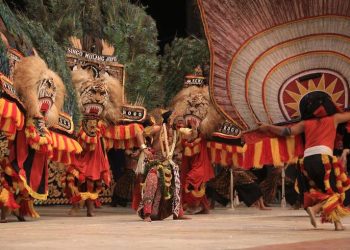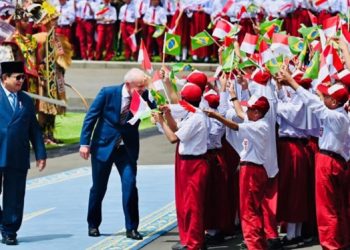Jakarta, Indonesia Sentinel — Researchers and restoration teams working at the Gunung Padang site in Cianjur, West Java, have uncovered new findings from ongoing excavations at the site’s main terrace. The discoveries include carbon materials that will soon be analyzed in a laboratory to determine the precise age of the ancient megalithic structure.
Ali Akbar, head of the Gunung Padang Megalithic Site Research and Restoration Team, said numerous carbon samples have been found and will undergo further testing.
“The new findings will help us confirm the exact age of Gunung Padang once laboratory analysis of the carbon materials from each terrace is complete,” Ali said in Cianjur on Tuesday (Oct. 21, 2025).
Ali noted that researchers are continuing to excavate both surface and subsurface areas of the site. The full results of the study are expected to be announced to the public by the end of October 2025.
“We’ve uncovered several new discoveries during the excavation process. Once everything is finalized, we’ll share the complete findings, including the site’s confirmed age,” he added.
Restoration Aims to Reveal Original Form
The Indonesian Ministry of Culture is currently leading a major restructuring and restoration project at Gunung Padang, aiming to reveal the site’s original shape and layout as closely as possible to its ancient state.
Culture Minister Fadli Zon said the restoration and research efforts are being conducted in parallel, ensuring that every stage of the reconstruction contributes to ongoing scientific studies.
“Experts from various fields are continuously involved in both the restoration and research processes, which will proceed until completion,” Fadli said.
Read Also:
Indonesia’s Culture Minister Announces Plans to Restore Gunung Padang Closer to its Original Shape
Focus on Terraces 4 and 5
The initial phase of the restoration focuses on Terraces 4 and 5, areas identified as being vulnerable to landslides and soil shifts. Strengthening work is being carried out to stabilize the stepped pyramid structure (punden berundak), which has been weathered by time and natural conditions.
The project also involves local community members as part of the support team, creating a model of collaboration that integrates cultural heritage preservation with community empowerment.
(Raidi/Agung)
























